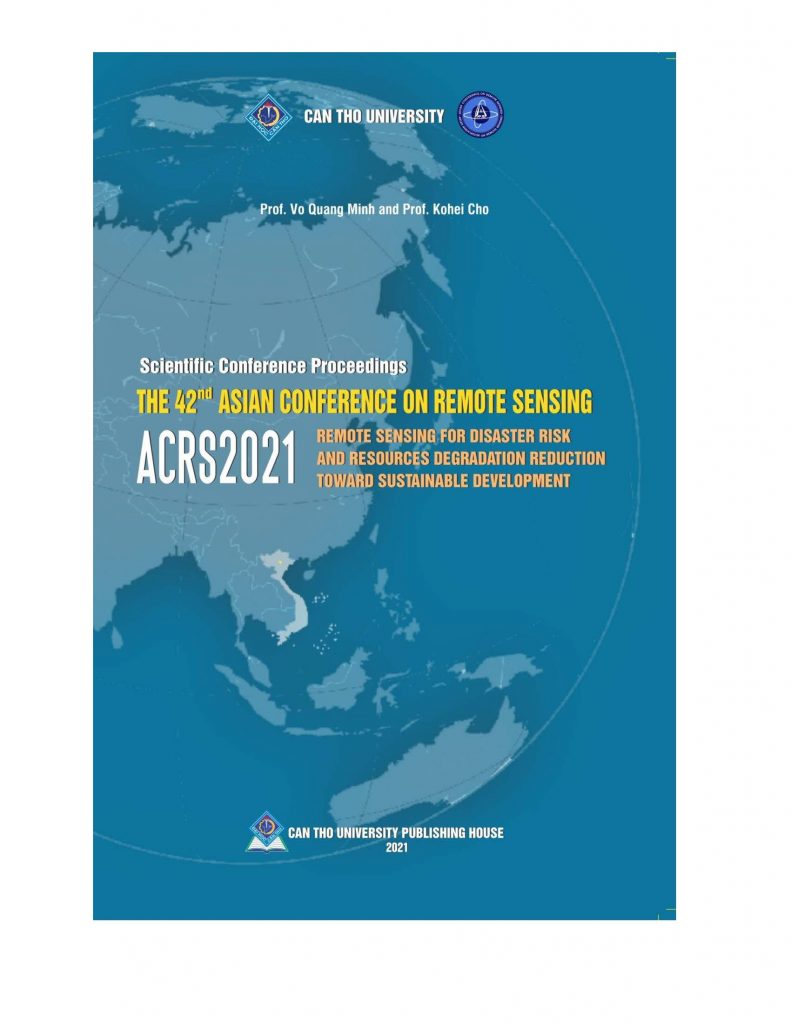Chito Patiño1, Florwilyn Cayson1, and Jao Hallen Bañados1

ABSTRACT: Metro Cebu’s groundwater sources, especially in the coastal areas, are already threatened because of excessive consumption, contamination, and saltwater intrusion. Rapid urban expansion has also inflated the inherent vulnerability of the metropolitan area’s groundwater sources in addition to the apparent shortage of the resource. Thus, solutions such as the utilization of remote sensing (RS) and geographic information systems (GIS) for the selection of priority areas for groundwater protection are valuable. In the current study, the intrinsic vulnerability of groundwater from contaminants emerging from the surface was spatially defined for Metro Cebu. This was achieved by developing a groundwater vulnerability map using the DRASTIC model which is an integration approach incorporating spatial information such as depth to water, net recharge, aquifer media, soil media, impact of vadose zone, and hydraulic conductivity. The resulting map classified the study area into very low, low, moderate, high, and very high groundwater vulnerability zones. About one third of Metro Cebu lies in high (24.77%) and very high (7.17%) vulnerability zones. Meanwhile, areas in very low, low, and moderate vulnerability cover 14.91%, 33.28%, and 19.87%, respectively. Analysis of the map revealed that areas included in high to very high groundwater vulnerability classes were nearshore plains which were characterized by shallow depth to water, moderate to high annual recharge, alluvium and karstic limestone geologic units, clay loam soil texture, and gentle slopes. Evidently, RS and GIS integration techniques provided an appropriate and low-cost tool for targeting priority areas for groundwater protection, water quality monitoring, wastewater treatment facility planning in Metro Cebu through the development of the vulnerability map.
KEY WORDS: groundwater, vulnerability, DRASTIC, contamination
Link to the Article: